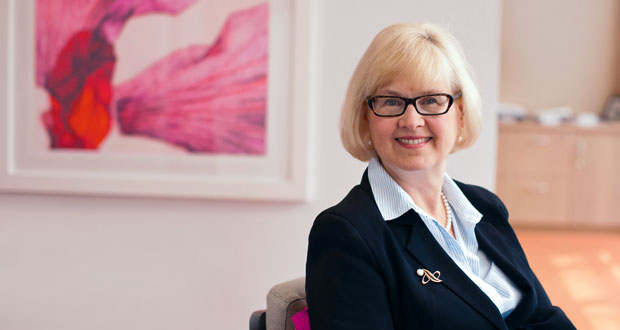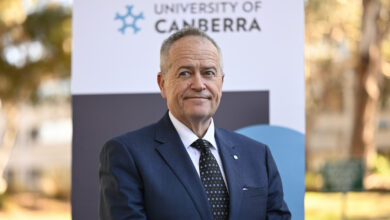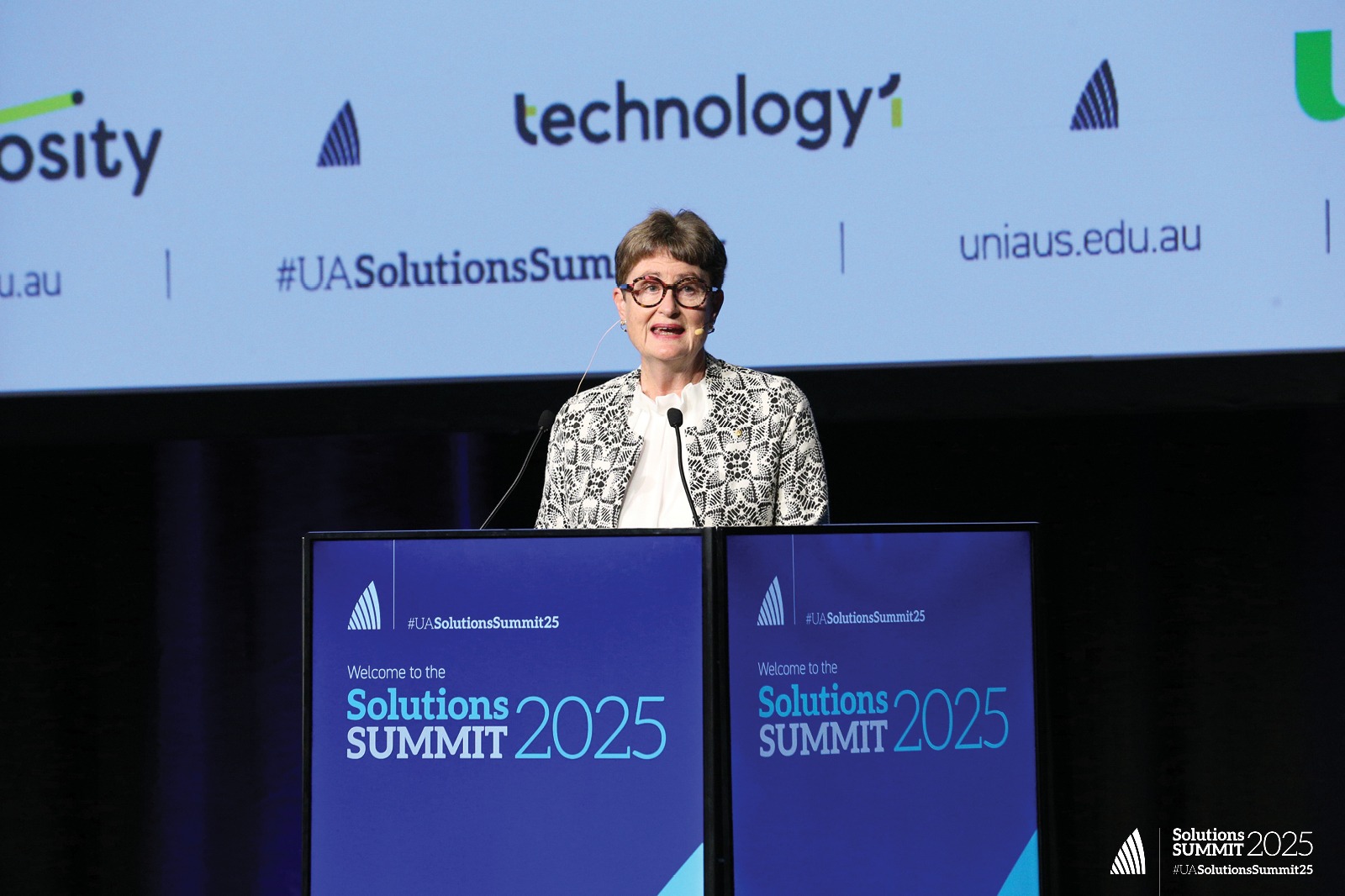Top StoriesVC's Corner
How to engineer a better STEM future?

Getting enough students into STEM subjects to keep Australia competitive will require starting early and focusing on girls.
Linda Kristjanson interviewed by Amie Larter
Please login below to view content or subscribe now.






Yet we can not ignore the inconvenient truth: look at the number of STEM graduates who are working stocking the shelves at Coles and Woolworths, or driving taxis, due to a lack of relevant employment opportunities. I am honest when I speak to the younger generation about the current job market in my field. There aren’t a lot, even for those who go on to PhD level studies. Given the job market in many science disciplines, is it really a good idea to be pushing this agenda?
I fully agree with the comments above. STEM careers are simply not valued in Australia and this directly reflected by the poor pay rates and lack of long term employment opportunities for STEM graduates (engineering graduates excepted, although the slowdown of the resources sector is already making an impact here as well). While I personally have been fortunate to hold down a continuing appointment for the last 20 years, I have seen many fellow graduates in science meander around a whole range of relatively low paid jobs with little or no security over the same time period. Even many university science departments are well known for stringing research staff along with endless short term contracts. Organisations such as the CSIRO, DSTO, and state Departments of Agriculture have been decimated for decades, so where is the governments’ (both Federal and State) commitment to science? My girls are doing quite well in their school subjects to date, but I will certainly not be encouraging them into science degrees (=condemning them to a life of poverty and insecurity).
Agree regarding the need for more to be done in showing the diversity of careers in STEM. In my field (technology), we need to understand what should be taught when the technology that the students will be working with may not even have been invented yet. There also needs to be more emphasis on the ‘soft’ skills taught to those in STEM streams. There are not a lot of careers that do not require team work, interraction with others and cultural change.
I’d just like to say that this is exactly what Robogals has been doing for years! We take robotics kits to schools (sometimes all girl groups, sometimes co-ed) to show kids how to build and program robots in a fun environment, in the interest of increasing female participation in STEM careers later in their lives. We show them that STEM subjects are not just for boys, but something that everyone can join in with. We mostly target primary schools so we can talk to them before any stigma towards STEM is ingrained.
Robogals is a student-run, volunteer-based, international organisation, founded by Marita Cheng (Young Australian of the Year in 2012) during her time studying engineering at the University of Melbourne. There are now Robogals Chapters all across with world, with at least one in almost every state in Australia and always looking for enthusiastic volunteers!
The best way to get young boys and girls to take an interest is to build science centres across the whole of Australia. Science centres by definition explain the processes and concepts of the latest developments in science and engineering through hands-on props. They are not museums which display the technologies of smoke stack industries of the 19th century, for example the Powerhouse Museum or stuffed animals as found in the Australian Museum. We at the Western Sydney University are building a hands-on science centre to get young boys and girls to involve and immerse themselves in science and engineering through interactive physics, engineering , mathematics, biological and medical sciences. A hands-on approach is the best way to have an active and an inquiry based learning environment. It is a hands-on and minds-on experience.
Dr Ragbir Bhathal
I think STEM type subjects and professions are not valued in a country like Australia where labour fees are very high. It is going to be a hard hill to climb. I think education is not considered top priority in Australia, which needs to change. In Asia, getting top marks in school is top priority by a lot of parents and students. Agreed that excess stress is no good either. Education shouldn’t be split into Sciences or Arts subjects. I come from an Asian educational background and while Sciences and Math are considered harder subjects, students who get good marks are streamed into those classes. The lesser capbale students ( usually delinquents) are streamed into the arts type subjects. But even after high school, STEM type subjects are used as tools to get into the more ‘desirable’ courses at college or uni.